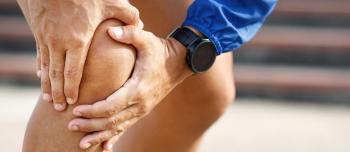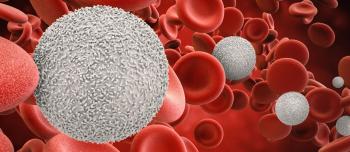In a recently published study, a team of Italian investigators studied potential correlations between levels of physical activity and adherence to a prophylactic treatment regimen in a group of individuals with severe hemophilia A. The lead author was Ezio Zanon, MD, director of the Hemophilia Center from the University Hospital of Padua.
Zanon and his colleagues recruited from 14 hemophilia treatment centers across Italy, ultimately enrolling 42 individuals with severe hemophilia A for the 36-month prospective study, known as SHAPE. Participants included children (31.0%), adolescents (21.4%) and adults (47.6%), all of whom had been receiving prophylactic therapy with a recombinant factor VIII (rFVIII) product for a minimum of six months.
Physical activity levels were measured by the Hemophilia and Exercise Project (HEP)-Test-Q, an instrument for the assessment of subjective physical functioning in children with hemophilia and the Early Prophylaxis Immunologic Challenge (EPIC)-Norfolk Physical Activity Questionnaire, a questionnaire designed for the collection of self-reported physical activity behaviors. In addition, joint health was evaluated via the Hemophilia Joint Health Score (HJHS) which is designed for those joints most commonly affected by hemophilia-related bleeding, including the ankles, knees and elbows. Lastly, prophylaxis adherence was calculated by the ratio between the number of empty vials returned divided by the total number of vials prescribed.
Overall, 80% of the participants adhered to their prophylactic treatment regimen, including 83.3% of children, 77.8% of adolescents, and 78.9% of adults. In the year preceeding the study, 50% of the participants experienced at least one spontaneous bleed. This rate dropped in each of the subsequent years, to 34.4% in the first year, 31.3% in the second and 28.1% in the third.
The results showed that the type, frequency and impact of physical activities varied significantly amongst the three age groups. Participants’ poorest performance fell under the “endurance” and “strength/coordination” categories. Adherent patients exhibited better joint scores and lost fewer school/work days than those non-adherent participants. Investigators found that highly adherent patients engaged more often in sports and other physical activities with moderate impact on joints, when compared to those with poor adherence.
“The results of this study showed high adherence to prophylaxis in our Italian population of hemophilia A patients, and this correlated with a significant reduction in bleeding events, number of target joints, and school/work days lost over time, and a steady improvement in performance during endurance sports activities,” stated he authors.
The authors acknowledge that the study has limitations, including adherence data that is based on only a single FVIII product. They also recognize that while the study is small and that the sample size of non-adherent patients does not allow for a robust comparative analysis, it does pave the way for future studies to further examine possible correlations between adherence to prophylaxis and physical activity in hemophilia patients.
The study was appeared online in journal Blood Transfusion.
Source: Hemophilia News Today, June 17, 2019





